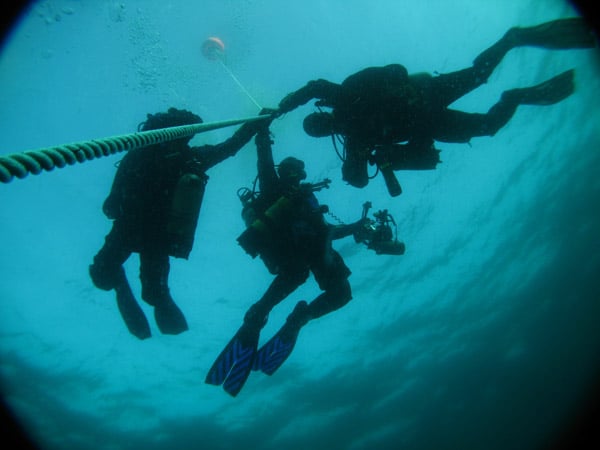Displaying items by tag: Waterford Coast
Longest Greenway in Ireland to officially open Saturday
Waterford Greenway, the longest off-road walking and cycling experience in Ireland, is to officially open tomorrow, Saturday (March 25). The eagerly awaited €15 million project stretches 46km from Waterford City to Dungarvan along the former Great Southern and Western Railway line.
The major tourism initiative now features in the Atlantic Coast Route of EuroVelo, a long distance cycling network connecting Europe. It is also part of Fáilte Ireland’s Ancient East experience.
The official opening of the Greenway will take place at the old Kilmacthomas Station House, the half-way mark on the dedicated walking and cycling path. Minister for Housing, Planning and Local Government, Simon Coveney TD will attend the ribbon cutting ceremony. Multiple family-friendly events will also take place on Saturday at Waterford Institute of Technology’s West Campus, the Dungarvan Causeway and Kilmacthomas village.
Speaking ahead of the launch, Mayor of Waterford, Cllr Adam Wyse outlined: “It is fitting that the Waterford Greenway officially opens on March 25th, exactly 50 years after the last passenger train travelled along the old railway line between Dungarvan and Waterford. The Waterford Greenway is steeped in history and natural heritage, and I’m delighted to see it now re-imagined into an amenity that will continue to give great enjoyment to the people of Waterford and visitors to this great county well into the future.”
The Waterford Greenway was developed by Waterford City and County Council with the co-operation of local property owners and communities along the route, and supporting funding from the Department of Transport, Tourism and Sport.
Also attending the official opening will be Chief Executive of Sport Ireland, Olympic silver medallist and Waterford native, John Treacy, who said: “Participation in sport and physical activity across all ages and backgrounds is vitally important. Having a world-class facility like the Greenway, with its beautiful vista and fantastic amenities, will encourage and provide opportunities to people of all ages, the length and breadth of Waterford, to get out and get active.
“I am also delighted that Waterford Greenway will be the 900th trail listed on the National Trails Register, which is managed by Sport Ireland.”
The route features 11 bridges, three viaducts and a 400-metre tunnel and takes in Waterford City, Mount Congreve, Kilmeaden, Kilmacthomas, Shanacool, Scartore and Dungarvan.
Saturday’s celebrations between 12pm and 4pm include a Viking Village and live music at WIT West Campus, while at Kilmacthomas village, revellers are invited to step back in time with a vintage car display and traditional Fair Day Mart. At the Dungarvan Causeway, there will be fairground rides, live music, juggling and stilt walking. There will also be free walks and talks throughout the afternoon, along with railway heritage exhibitions at Waterford County Museum in Dungarvan, and Kilmacthomas Library.
The Allure of the Deep, Is Diving for You?

Divers completing a decompression stop after a 40 meter dive to the wreck of the ssFoilia off the Waterford Coast





























































